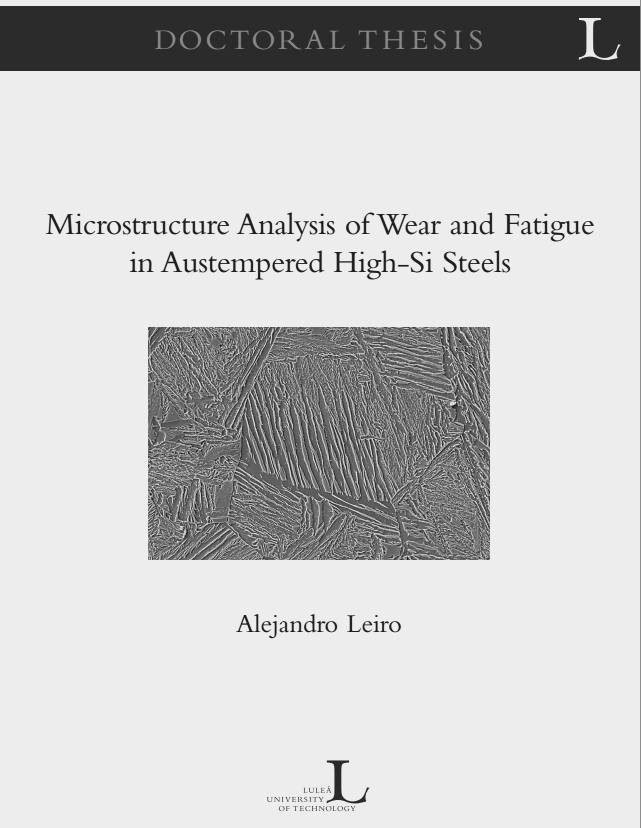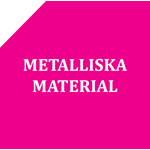Avhandling: Microstructure Analysis of Wear and Fatigue in Austempered High-Si Steels

Institutionen för teknikvetenskap och matematik
Materialvetenskap
Forskningsämnen
Materialteknik
Konstruktionsmaterial
Abstract
Research on austempering of high-Si steels has increased over the last years due to their attractive combination of strength and toughness. The presence of over 1.5% of silicon
prevents the precipitation of cementite during austempering and the resulting
microstructure consists of bainitic ferrite and retained austenite. Currently, research has not dealt widely with wear and fatigue properties of carbide free bainitic (CFB) steels.
Their attractive combination of strength and toughness is a result of their refined
microstructure and the transformation of retained austenite to martensite under
deformation (also known as the TRIP effect), making them interesting from an
industrial standpoint. In this work, the effects of austempering temperature and
microstructure parameters on the wear and fatigue properties of CFB steels have been investigated. Additionally their wear and fatigue behavior was compared with that of quenched and tempered (QT) steels. Initial studies focused on the effect of the austempering temperature on wear properties of spring steel. Bulk hardness decreased when the austempering temperature increased due to a higher retained austenite content and coarseness of the microstructure. This caused an increase of the wear rate. Later investigations showed that if two CFB steels have similar hardness, then the one with higher retained austenite content, tends to have a lower wear, rate suggesting that transformation induced plasticity (TRIP) aids in reducing wear.
Further studies pertained to 3-body abrasion and reciprocating sliding wear
characteristics of austempered steels with lower carbon content. In austempered
condition these steels had lower strength and higher toughness than in quenched and tempered condition. In reciprocating sliding, it was found that wear was proportional to hardness during run-in. However, once steady state wear was reached, the wear rate was similar for all materials. In abrasion, all steels showed equivalent wear at room temperature, despite differences in hardness. At higher temperatures all materials had
the same hardness and the differences seen in wear were attributed to the changes in material toughness.
Fatigue studies were conducted on spring steel in austempered and quenched and
tempered conditions. Despite having lower tensile strength, the austempered steels showed similar or higher endurance limit than the quenched and tempered material. This was attributed to the presence of retained austenite in austempered steels which can
delay crack nucleation and propagation.
Carbide-free bainitic steels provide improved wear resistance thanks to their improved toughness and deformation hardening. The effect of the amount of retained austenite on wear is still unclear as some results show ambiguous behavior. In fatigue, the preliminary results have shown an improvement in fatigue life which can be attributed to the presence of the TRIP effect but more research is needed before clear conclusions can be drawn. CFB steels are a very interesting material that is worth investigating further in more specific engineering applications where wear and fatigue are an issue.


